Prior to the launch of the Ping G range I went to the Ping factory in Phoenix to meet with fellow Brit, Dr Paul Wood who is the Vice-President of Engineering to talk about the new G woods and irons.
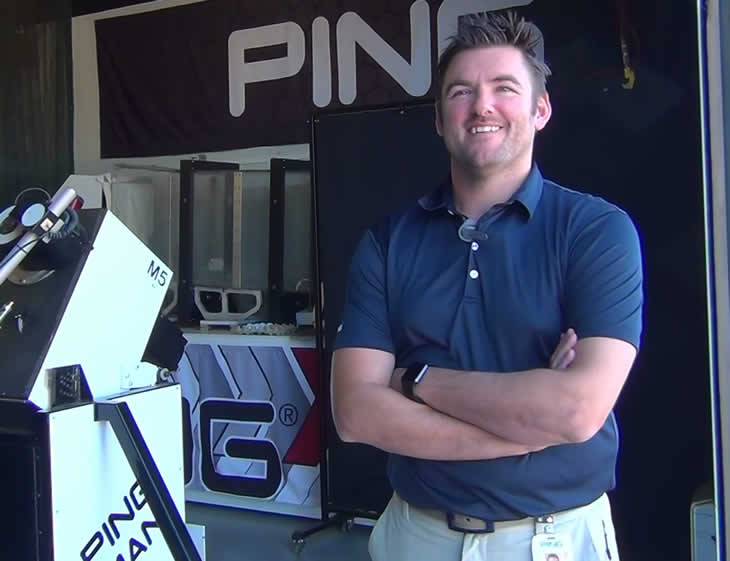
Hi Paul. Where do you get the ideas that inspire the range in terms of materials and design for the G range?
The inspiration can come from anywhere. The inspiration for Dragonfly crown, our technology on the driver crown, came from John Solheim, who is a keen photographer, taking a vacation at Yellowstone National Park and he was inspired by looking at the wings of a dragonfly and a picture he took came through to our research department in 2011 and that is when we started wondering what we can do with this.
Five years later we are here with that on the crown of our G Driver – they don’t all come from vacation pictures – but the inspiration does come from a wide range of places. We have guys going to aerospace conferences, guys looking at new materials and which ones are now beyond the lab and are actually ones we can use in industry.
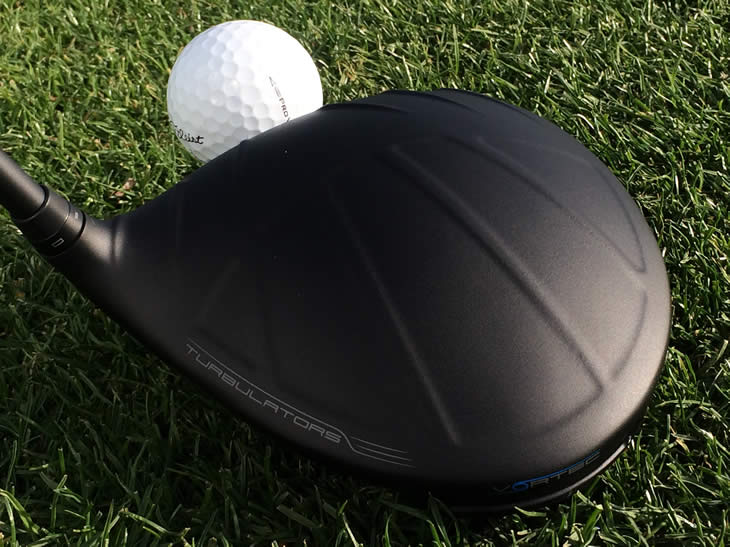
We also have guys working here looking into new designs and they always have their eyes on creating something new. The inspiration can be anywhere and then it is the really hard work of pulling it altogether and making the tough decisions about what makes the cut and what doesn’t. The inspiration is the easy bit!
What has been the main feedback you received on the G30 range that you have been able to use in the new G range of clubs?
We were really pleased with the G30. It’s been well received by the golfing public and I’ve personally had some nice messages from golfers who were really happy with the range. Some of the things that have resonated well are obviously the Turbulators. We were never sure as it is a very different look so even though we knew the functionality worked really well it was good to get the feedback that golfers like them and they liked the look of them and actually after a while they didn’t notice them.
That empowered us to build on that and look at other features with the same kind of functionality or increased functionality that perhaps has a non traditional look. For us that is a big deal making sure that the golfer is confident looking over the club so that feedback gave us the green light to perhaps look at doing more of that.
You are taking the Turbulators into the G Hybrid for the first time, but is this more a style thing than a performance element?
Yes we’d be lying if we said there is a big aerodynamic benefit to the Turbulators on the hybrid, but they really have a dual process as they also do a great job of framing the ball. With hybrids, we have known for a long time that players sometimes struggle to really capture where the middle of the face is and where they should be lining up so that is why we have added them on the hybrid, to assist players at address and it also helps tie it in with the rest of the range.

It is the same with the fairway wood, there is not a huge amount of aerodynamic benefit on a fairway wood, it is the driver where that really comes in, but that alignment feature works across the board.
In both the G fairway and G hybrid you changed the type of steel you were using, so why did you do that and how did you decide on the final material?
It is a long process deciding what the right material for the right job is. We have our materials experts and they sit down with the design team and between them they figure out what are we trying do to with this club and therefore what would be the best material to achieve that, so every time we get to a new club we reanalyse and optimise.
In this case the Carpenter 455 Steel is a great combination of super high strength that allows us to go thin, get the flex in the face and reposition mass. It is really good to work with as well, so that allows us to generate the precision we need and the shapes that we need. So 455 steel is a really good all rounder in that sense, a great high strength steel that we can do a lot of things to.
And did that steel already exist or was it something that you had to develop yourself?
It is already out there. A lot of these steels and titaniums come from other industries and we are able to use them in golf. We wouldn’t claim we are the first people to use Carpenter 455 Steel, but it is a really good high strength steel that has great versatility so it works well for us in that sense.
On the fairway and hybrid you’ve actually left the face a little bit rougher than it has been before. You said that this is to decrease spin, which seems to go against what we’ve been told for wedges, where some models have roughness milled into the faces to increase spin. Can you explain why that works?
I’ll do my best! Friction is one of those things that even amongst engineers is pretty tricky to discuss the details of how friction works and why it works the way it does. Essentially in the golf impact you have slipping and gripping and if the ball is entirely slipping through an impact you don’t get much spin.
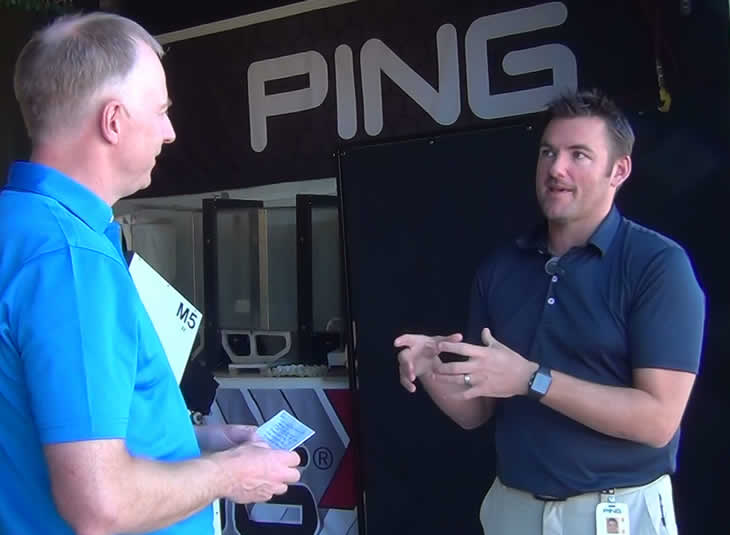
Imagine a wedge in really wet conditions with lots of grass between the ball and the face the ball will just slide up the face and if it doesn’t do any gripping you won’t get much or any spin. On the other side, gripping is great for spin. If the ball grips a lot you think of tyres on a road or a wedge on a nice dry a clean strike and the ball just feels like it has gripped.
It turns out that at higher speeds with lower lofts you can get some effects where you get some slipping and some gripping and in that situation you actually get more spin than you do than when you get pure gripping. What we are seeing experimentally with a driver, fairway wood and hybrid, is that if you actually roughen the face you get less spin. We are able to repeat it and our swing robot Ping Man is a great tool for that as we can keep everything else the same, and measure it and see the effect.
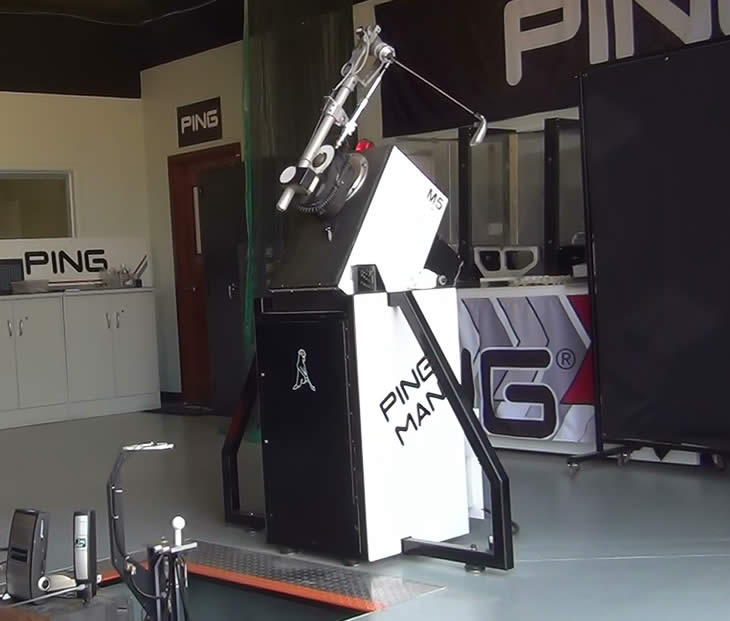
Actually the hardest part with that is explaining it, as friction is gnarly stuff. It is great for an engineer analysing it, but harder to make the message clear. The take home message is that what we see on lower lofted clubs, hybrids, fairways, drivers and maybe the longest irons is actually roughening the face and having what would appear to be higher friction, actually ends up with less spin.
Which of the clubs in the new G range are you most proud of?
That’s a tough question! I would have to say, and only because the G30 driver has been so successful, I feel the G iron is a club I am really excited about what it can do, the potential for it. I feel very proud that we’ve done a great job in delivering more distance without giving up any of the forgiveness, and that is not easy to do, so I’m excited about that. I think the Crossover as well, because it is so is no new and different, but the G iron is really exciting. .
In the G iron, the COR-Eye in the cavity seems a little bigger or higher in the club than the GMax, so what is the thought process behind that?
Yes, the GMax is obviously a much bigger footprint of a club so it is a lot easier to get that technology in. The real challenge on the G is that it is a much smaller club than the GMax so trying to get that technology to work in a smaller package was a really good engineering challenge, so yes it looks a little different.
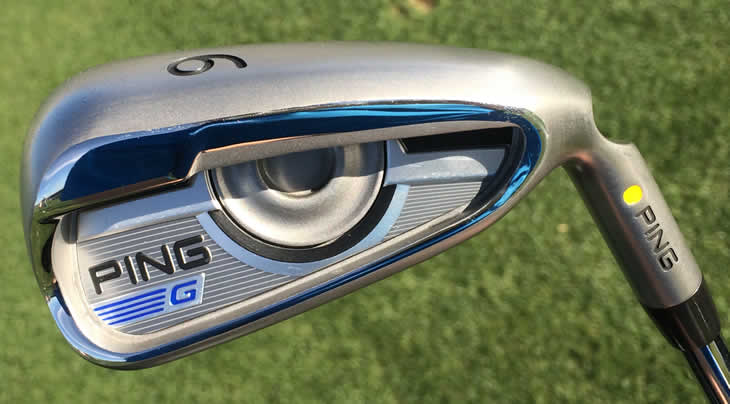
You are right you can see it looks a little higher on the iron, but the functionality of getting the face bending, and more importantly getting it bending altogether not just a hot spot in the middle, is the same.